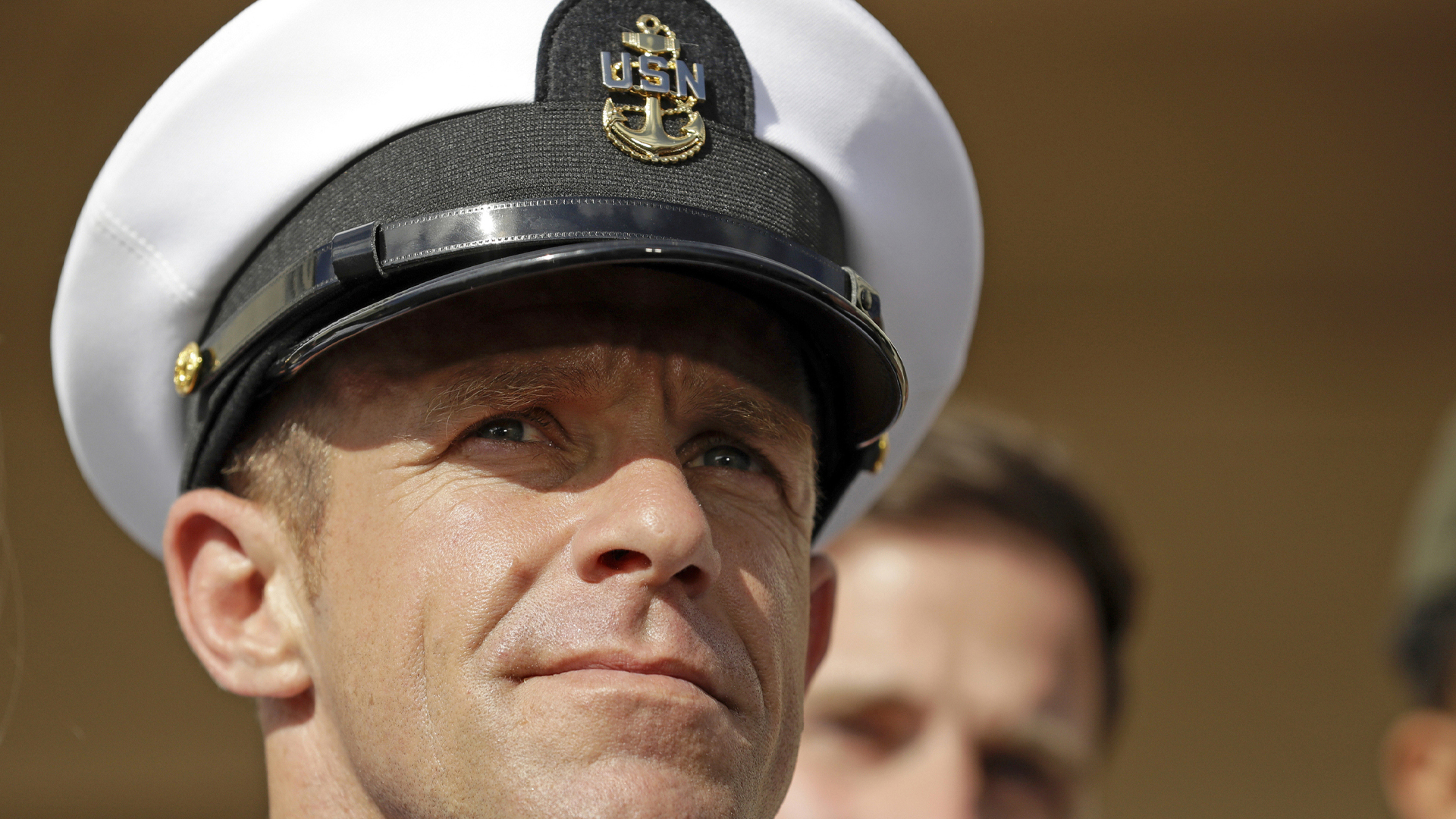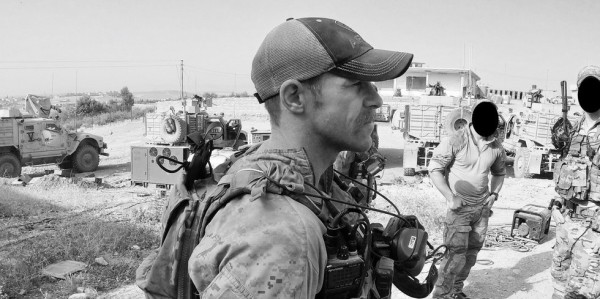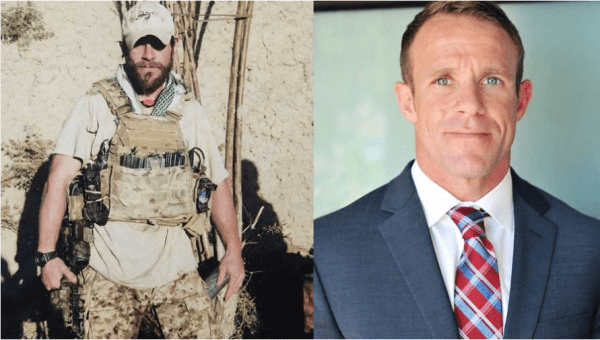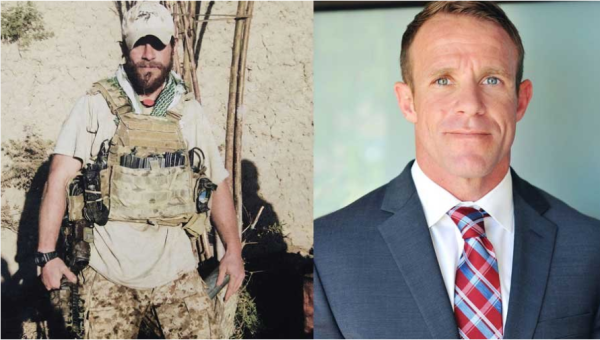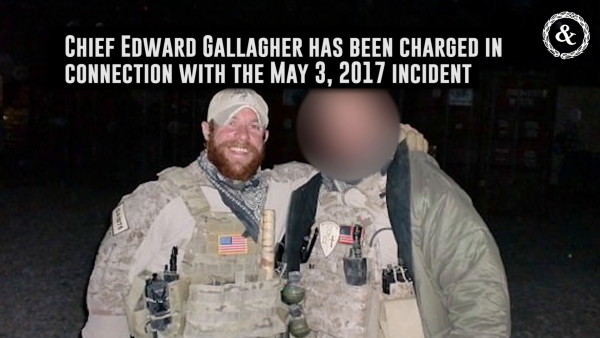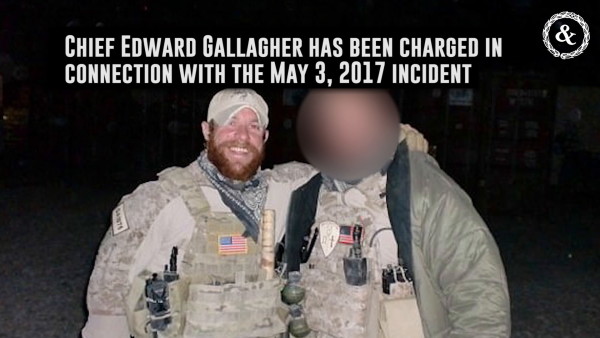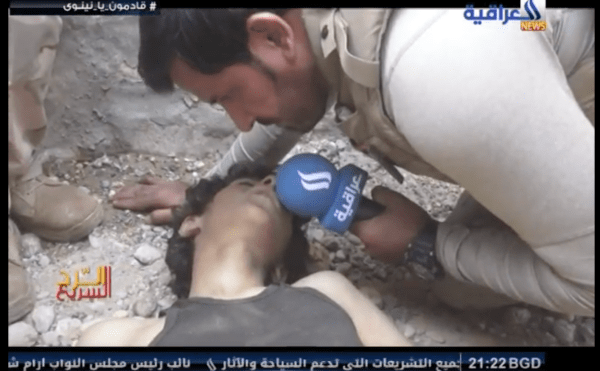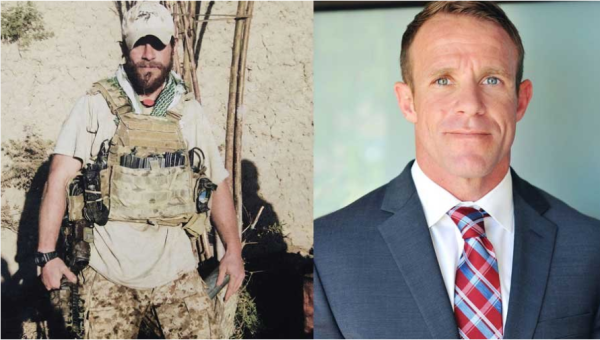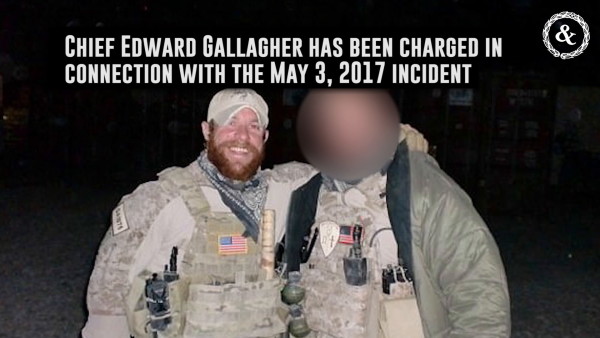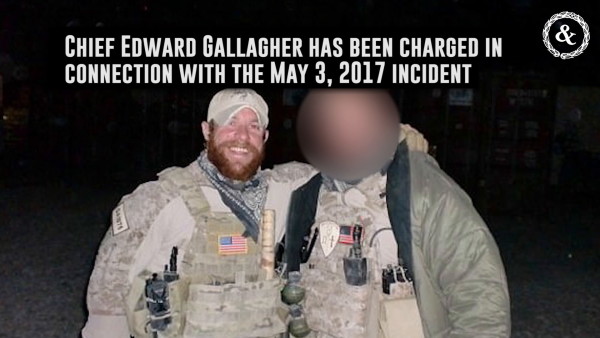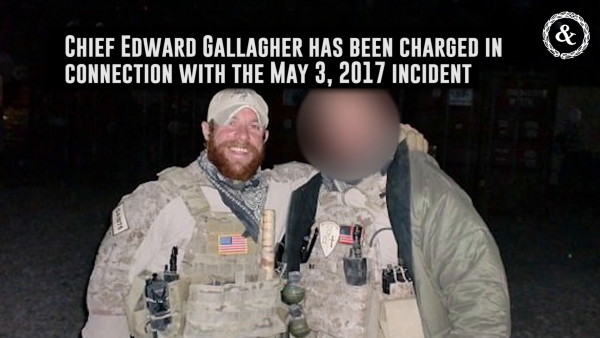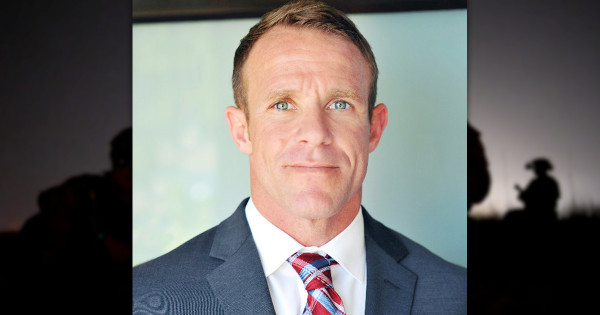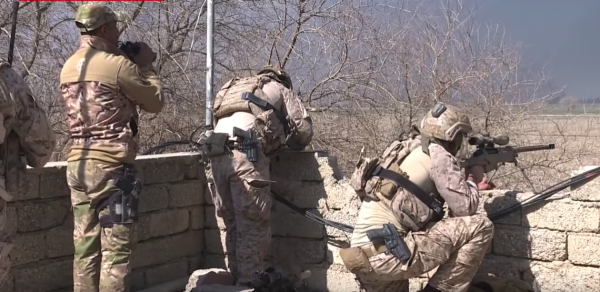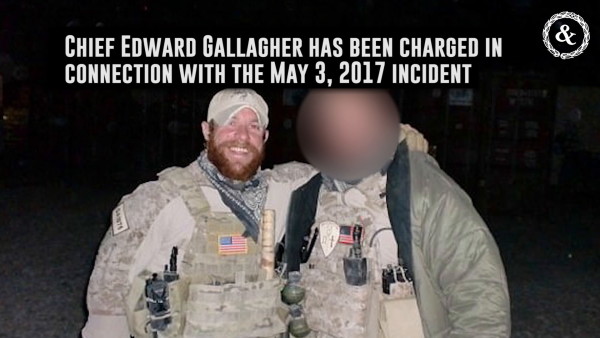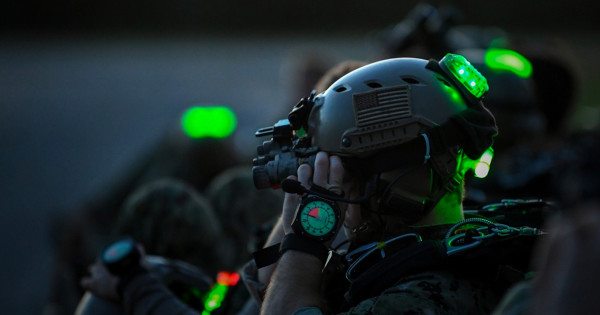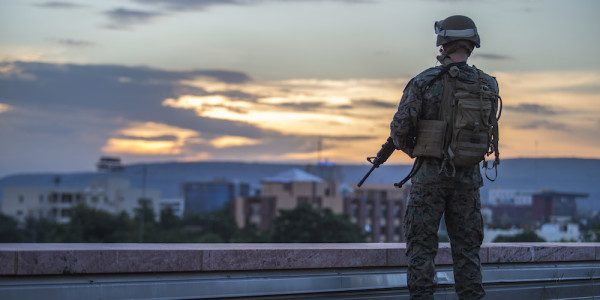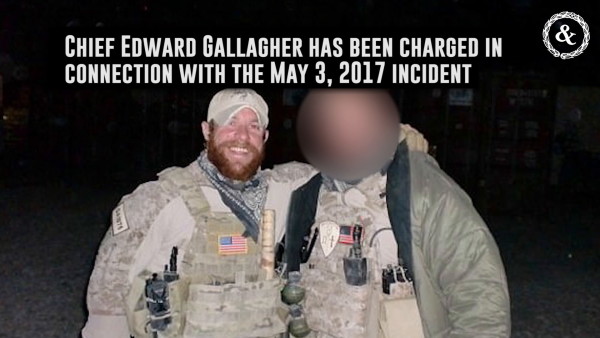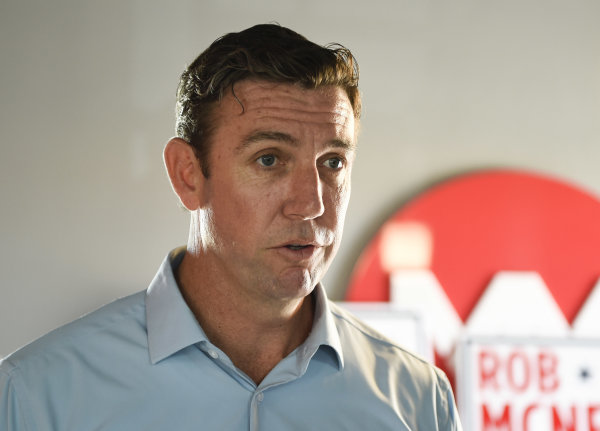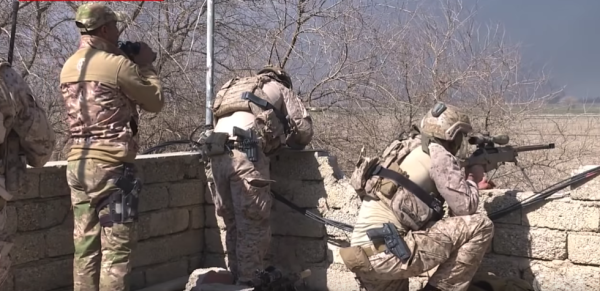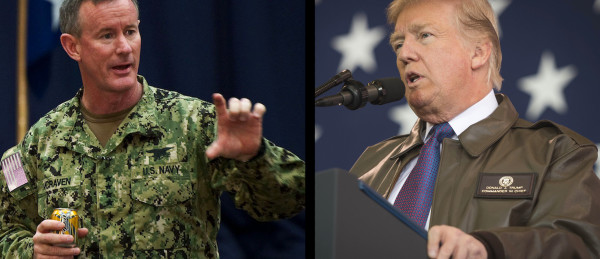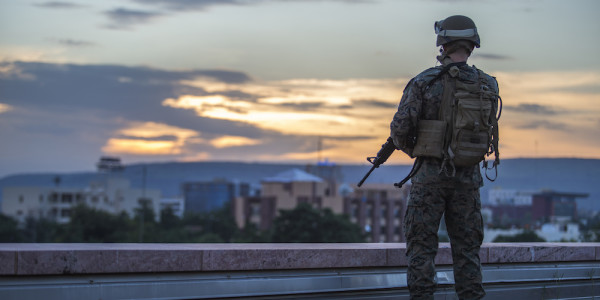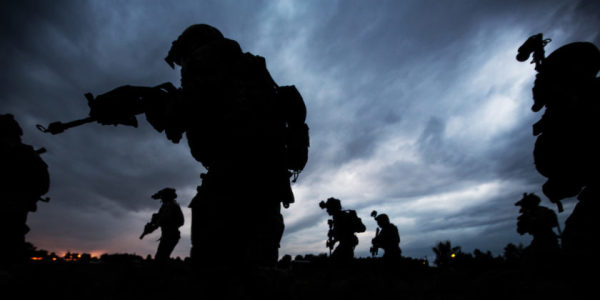Nearly two years after being found not guilty of killing an unarmed ISIS fighter, retired Navy SEAL Chief Eddie Gallagher has made an earth-shattering admission: Neither he nor any of the other SEALs on the scene tried to save the wounded fighter’s life.
“The grain of truth in the whole thing is that that ISIS fighter was killed by us, and that nobody at that time had a problem with it,” Gallagher said during an interview for the finale of “The Line” podcast, which aired on Tuesday.
“We killed that guy,” Gallagher continued. “Our intention was to kill him. Everybody was on board.”
It is the latest unexpected turn in the Gallagher case, which received national attention when former President Donald Trump personally supported Gallagher by ordering him released from pretrial confinement. Three members of Gallagher’s legal team also had ties to Trump, including Marc Mukasey, the former president’s personal attorney.
In July 2019, Gallagher was acquitted of stabbing the ISIS fighter to death – a charge he continued to deny while speaking with Dan Taberski, host of “The Line.” During Gallagher’s court-martial, another member of his SEAL team – then-Petty Officer 1st Class Corey Scott – said that he, not Gallagher, had suffocated the fighter.
The case became tumultuous for both the special operations community and the Navy as Trump took a greater involvement. After Gallagher was convicted of posing with the ISIS fighter’s corpse and demoted, Trump restored Gallagher’s rank. The former president also ordered the Navy to revoke medals that had been awarded to the prosecutors in the case and he became personally involved when the Navy tried to take away Gallagher’s SEAL trident, ultimately leading then-Navy Secretary Richard Spencer to be fired.

It all began in May 2017, when Gallagher was the senior enlisted leader for Alpha platoon, SEAL Team 7. The platoon was operating near Mosul, Iraq, which was then held by the Islamic State terrorist group, when Iraqi troops brought a young ISIS fighter who had been wounded by a U.S. airstrike.
Gallagher was initially charged with premeditated murder for allegedly stabbing the man in the neck. He was also accused of shooting at Iraqi civilians in separate incidents but was ultimately found not guilty of that as well.
While the circumstances of the ISIS fighter’s death have always been hotly contested, a consistent part of the narrative has been that the SEALs provided medical care to the young fighter.
Now, Gallagher has told “The Line” that the SEALs were not tending to the fighter’s injuries; rather, they decided to conduct “medical treatment on him until he’s gone.”
“I mean, he was going to die, regardless,” Gallagher said. “We weren’t taking any prisoners.”
He also claimed that every member of his platoon, including one SEAL who later reportedly described Gallagher as “evil” to investigators, all agreed to torture the ISIS fighter to death.
“Everybody knew what was going on,” Gallagher said. “It’s the only truthful thing to this whole process; and then the rest of it just is like a bunch of contorted lies to, like, pin that whole scenario on me.”
“I didn’t stab him,” Gallagher continued. “I didn’t stab that dude. That dude died from all the medical treatments that were done – and there was plenty of medical treatments that were done to him.”
When asked why he cut an emergency airway in the ISIS fighter’s throat, Gallagher replied: “Just for practice. I was practicing to see how fast I could do one in.”
Gallagher said he didn’t tell his leadership about how the ISIS fighter had died when it became clear that he could be prosecuted for it.
“At that point, my intuition kicked in and I was like: I’m not talking to anybody about – even though I’m, like, innocent, I knew to keep my mouth shut.”
A Navy spokesman declined to comment about Gallagher’s latest description of the events leading up to the ISIS fighter’s death.
While “The Line” sent out a news release describing Gallagher’s comments as an “unreported bombshell,” his attorney Timothy Parlatore said that Gallagher had not revealed anything new because both the prosecution and defense were fully aware during the court-martial that the SEALs had used the ISIS fighter to practice medical techniques.
In fact, Parlatore filed a motion in May 2019 arguing that the prosecution was attempting to conceal evidence that after Gallagher initially tried to save the ISIS fighter’s life, the platoon’s medic allegedly “began using the newly dead or nearly dead ISIS fighter as a training aid to practice performing medical procedures.”
“When the terrorist came in, they did the initial assessment and they knew that he was going to die,” Parlatore said. “There was no way that he was surviving this thing. And, exactly what he said there: They decided – ok, he’s going to die anyway, let’s use this as an opportunity for training. We’ll just do procedures on him.”
Moreover, Parlatore claimed it is a “common practice” for young doctors across the country to practice their skills on patients who are brought to the emergency room and not likely to survive.
But an October 2002 article in the Journal of General Internal Medicine raised questions about the ethics of using dying patients for training purposes.
“Current ethical norms do not support the practice of using newly and nearly dead patients for training in invasive medical procedures absent prior consent by the patient or contemporaneous surrogate consent,” the paper determined.
Whatever the SEALs did to the ISIS fighter, the “cause of death was Hellfire missile,” said Parlatore, who also argued that none of the medical treatments conducted on him hastened the dying process.
Parlatore also said that Gallagher’s comments in “The Line” interview do not change his defense during the trial that Gallagher was the victim of a “mutiny” by the members of his platoon, who falsely accused him of killing the ISIS fighter.
“They all knew that this is how the guy died and they made up a story after the fact,” Parlatore said. “Everything that I said at the trial is absolutely true.”
“The prosecutors chose not to make this argument at the trial because, quite frankly, it was inconsistent with their theory of the case,” he continued. “So they didn’t want to make these arguments at the time. And I didn’t need to make them at the time because it didn’t matter.”
File: In this July 2, 2019, file photo, Navy Special Operations Chief Edward Gallagher leaves a military court on Naval Base San Diego. (AP Photo/Gregory Bull.)

